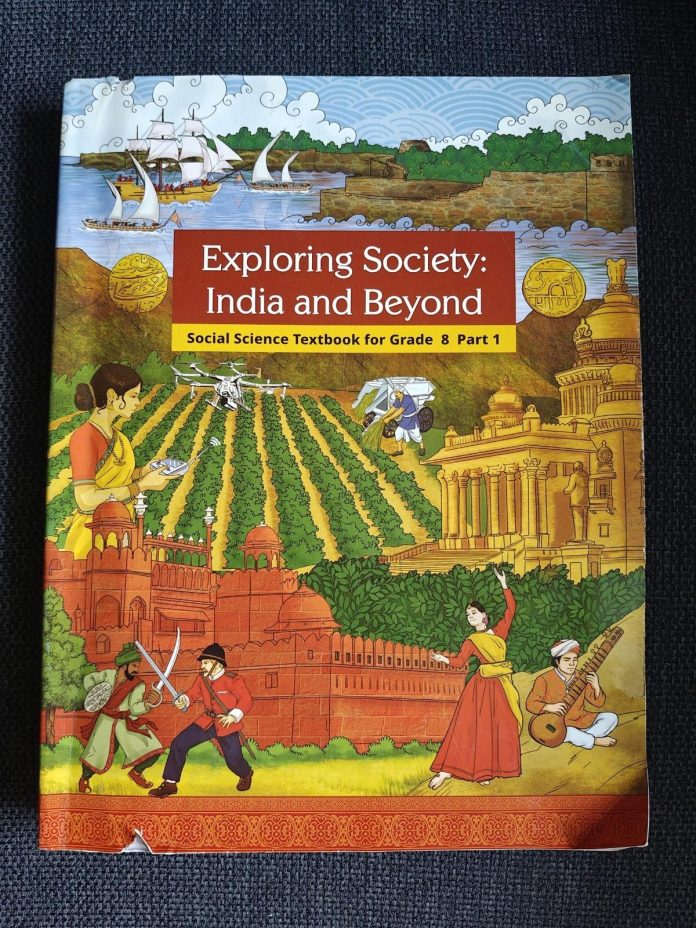Tipu Sultan, Haidar Ali also excluded; focus shifts to Marathas and colonial history
New Delhi— The latest NCERT Class 8 Social Science textbook for the academic year 2025-26 has sparked debate after omitting prominent historical figures such as Raziyya Sultan, Nur Jehan, Tipu Sultan, and Haidar Ali. These changes reflect a significant reshaping of medieval and colonial narratives taught to students across the country, reported the Hindu.
Previously featured in Class 7 under Our Pasts – II, the stories of Raziyya Sultan—India’s first woman ruler of the Delhi Sultanate—and Nur Jehan—the influential Mughal queen—have been completely removed from the new textbook, now titled Reshaping India’s Political Map. Raziyya, who ruled from 1236 to 1240, had been portrayed in earlier editions as a competent and qualified ruler. Likewise, Nur Jehan’s political influence and her name being inscribed on coins and seals were part of earlier lessons, but find no place in the revised content.
While chapters on the Delhi Sultanate and Mughals remain, no female figures from those periods are mentioned. In contrast, a new emphasis has been laid on Maratha women such as Tarabai and Ahilyabai Holkar. Tarabai is credited as a “fearless warrior queen” and Ahilyabai as pivotal in Maratha expansion in northern India.
Michel Danino, head of NCERT’s Social Science Curricular Area Group, acknowledged the exclusion of some women icons, attributing it to space constraints and the new approach under the National Education Policy (NEP) 2020. He stated that figures like Begum Hazrat Mahal, a leader in the 1857 uprising, have been included in later chapters.
Another notable omission is Tipu Sultan, once referred to as the “Tiger of Mysore,” and his father Haidar Ali. The previous Class 8 textbook devoted significant attention to the four Anglo-Mysore Wars and Tipu’s efforts to restrict British trade. These sections have now been replaced by a more detailed analysis of the Maratha Empire. A separate chapter titled The Rise of the Marathas covers their military campaigns, including three Anglo-Maratha Wars, and includes a map showing the Maratha Empire’s extent in 1759.
Danino explained that this revision aligns with the NEP 2020 and National Curriculum Framework 2023, which aim to streamline the syllabus and offer a refreshed perspective on Indian history.
The second part of the new textbook will cover India’s freedom movement between 1857 and 1947.




